Incense burner
The lu (also known as the rough one, the sea lu, in the West called the old woman) is often found in some provinces such as Quang Ngai, Quang Ninh, Binh Thuan (now Lam Dong), but the most numerous and popular is in Thanh Hoa.
They often appear in the summer and are found in coastal reefs, in areas such as Hau Loc, Hoang Hoa, Nga Son, and Quang Xuong.
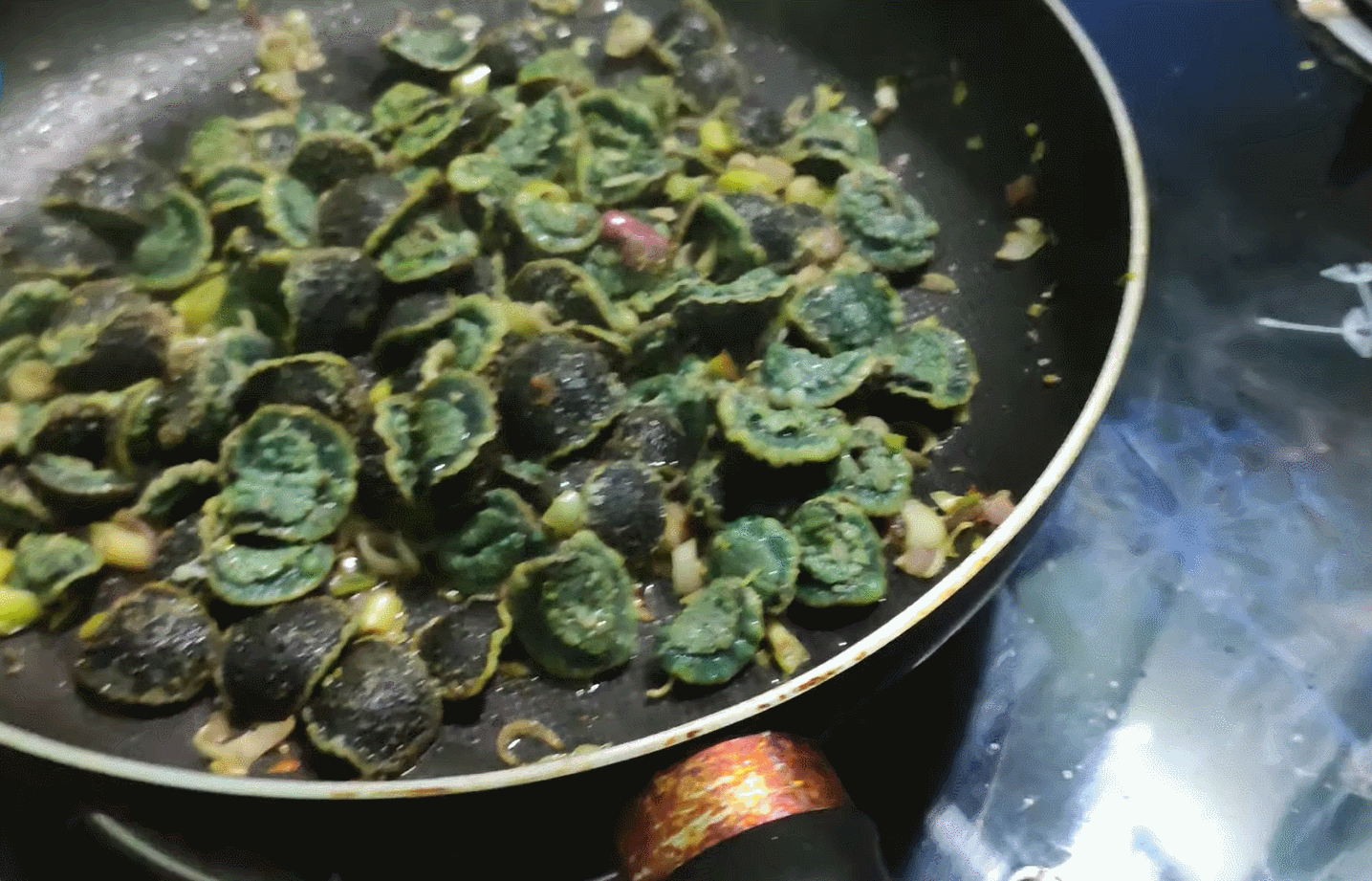
This is a mollusk without a hard outer shell, slightly convex back, moving slowly. Depending on the habitat, the size and color of the mollusk can vary.
Despite its rough and strange appearance, the censer is an ingredient in many delicious dishes typical of Thanh Hoa such as stir-fried with lemongrass and chili, porridge, steamed, salad...
Shrimp cakes
When mentioning Thanh Hoa specialties, we cannot miss shrimp rolls - a rustic, simple but attractive dish that conquers diners from near and far.
Unlike traditional sausage dishes, Thanh Hoa shrimp sausage is made from three main ingredients including fresh shrimp, pork belly and rice noodles.
The patty is made from carefully selected rice noodles. The rice noodles are thick and chewy, cut into bite-sized pieces so that they don’t tear when rolled and grilled.
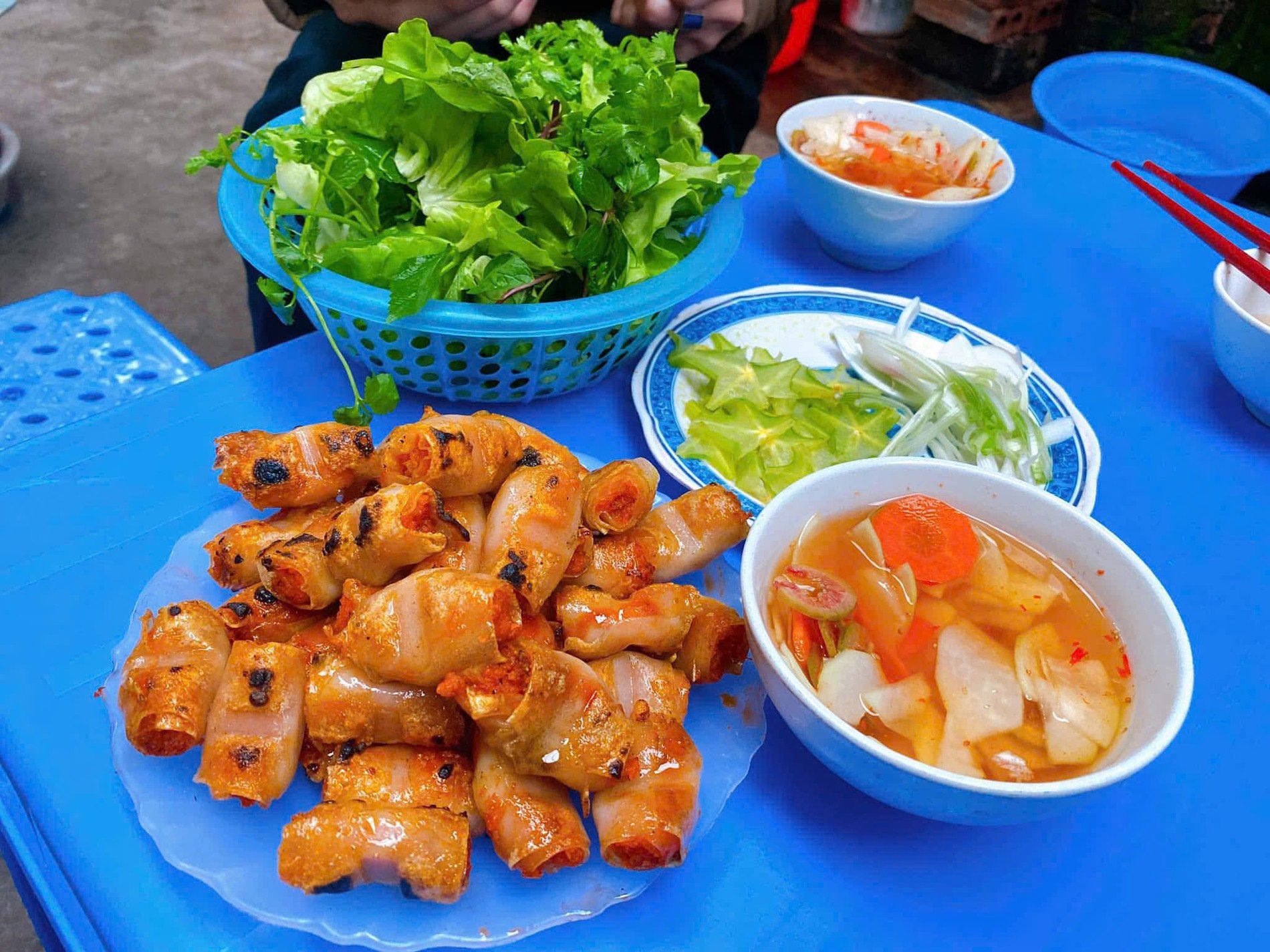
Shrimp cakes are sandwiched between fresh bamboo sticks and grilled over charcoal. Each sandwich contains about 5-7 pieces to ensure the cakes are cooked evenly.
The dish has the sweet aroma of shrimp and meat, mixed with soft and chewy rice noodle crust, a bit of freshness from raw vegetables, dipped in a very attractive spicy and sour fish sauce.
Gotu kola salad
For many years now, in addition to natural exploitation, Thanh Hoa people have also increased commercial cultivation of pennywort, meeting the widespread demand of diners inside and outside the province.
Even pennywort has become the main ingredient to make a refreshing salad, often appearing on the menu of local families on occasions such as death anniversaries, weddings or Tet holidays.
In addition to the advantage of being cheap, this rustic ingredient is also easy to prepare, can be transformed into a number of different delicious salads and is especially effective in cooling and relieving indigestion.
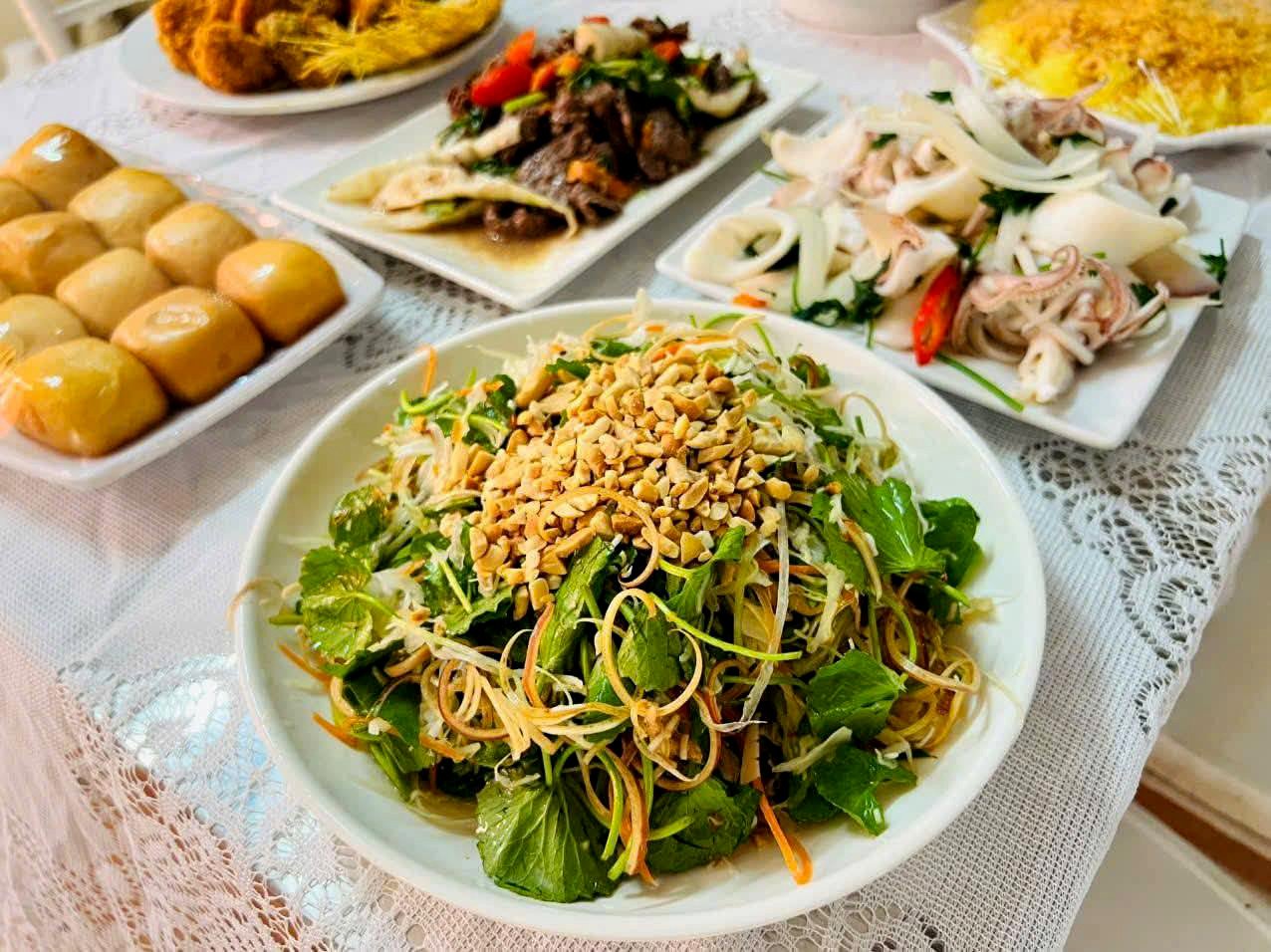
To make a delicious salad, people choose fresh, young pennywort, not bruised, wormy or wilted. Buy the pennywort, pick off the roots and old stems, then wash, soak in diluted salt water for about 15-20 minutes, then take out and drain.
To make the dish more colorful and flavorful, people also add shredded carrots, thinly sliced banana flowers or cucumbers, purple cabbage, and sliced onions.
Once the ingredients are prepared, mix them with sweet and sour fish sauce. You can add boiled meats such as shrimp, pork, chicken, beef (depending on each family's preference) and herbs (perilla, Vietnamese balm).
After mixing the salad, wait a moment for the spices to absorb, then arrange on a plate, sprinkle with crushed roasted peanuts or fried onions.
Harrow gear
Banh rang bua (or banh te, banh la) is a rustic specialty in Thanh Hoa, made from rice flour, filled with minced meat and wood ear mushrooms mixed with pepper, salt, and dried onions.
The reason the dish is so named is because the cake is shaped like a harrow tooth - a familiar labor tool of Thanh people since ancient times.
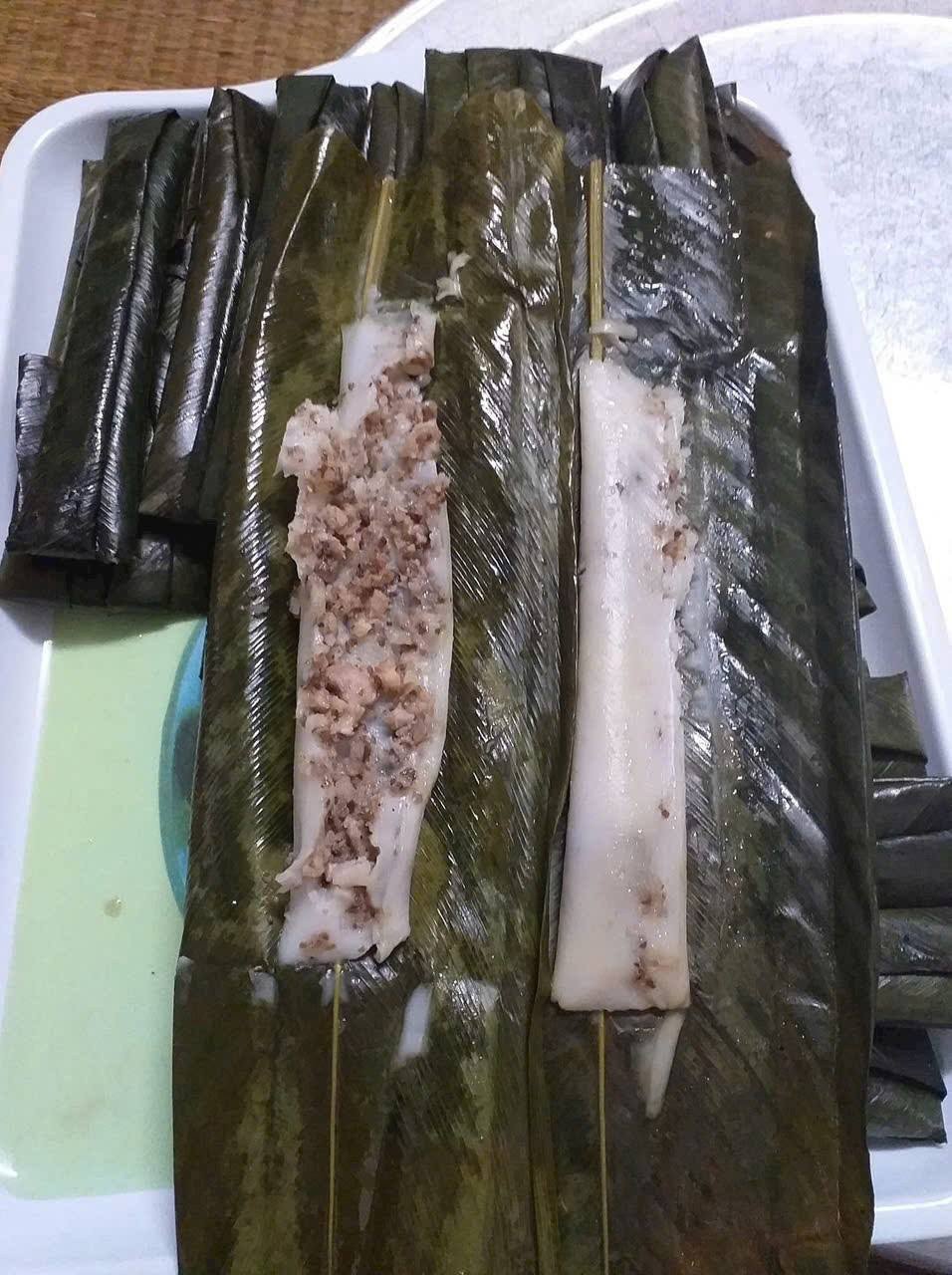 | 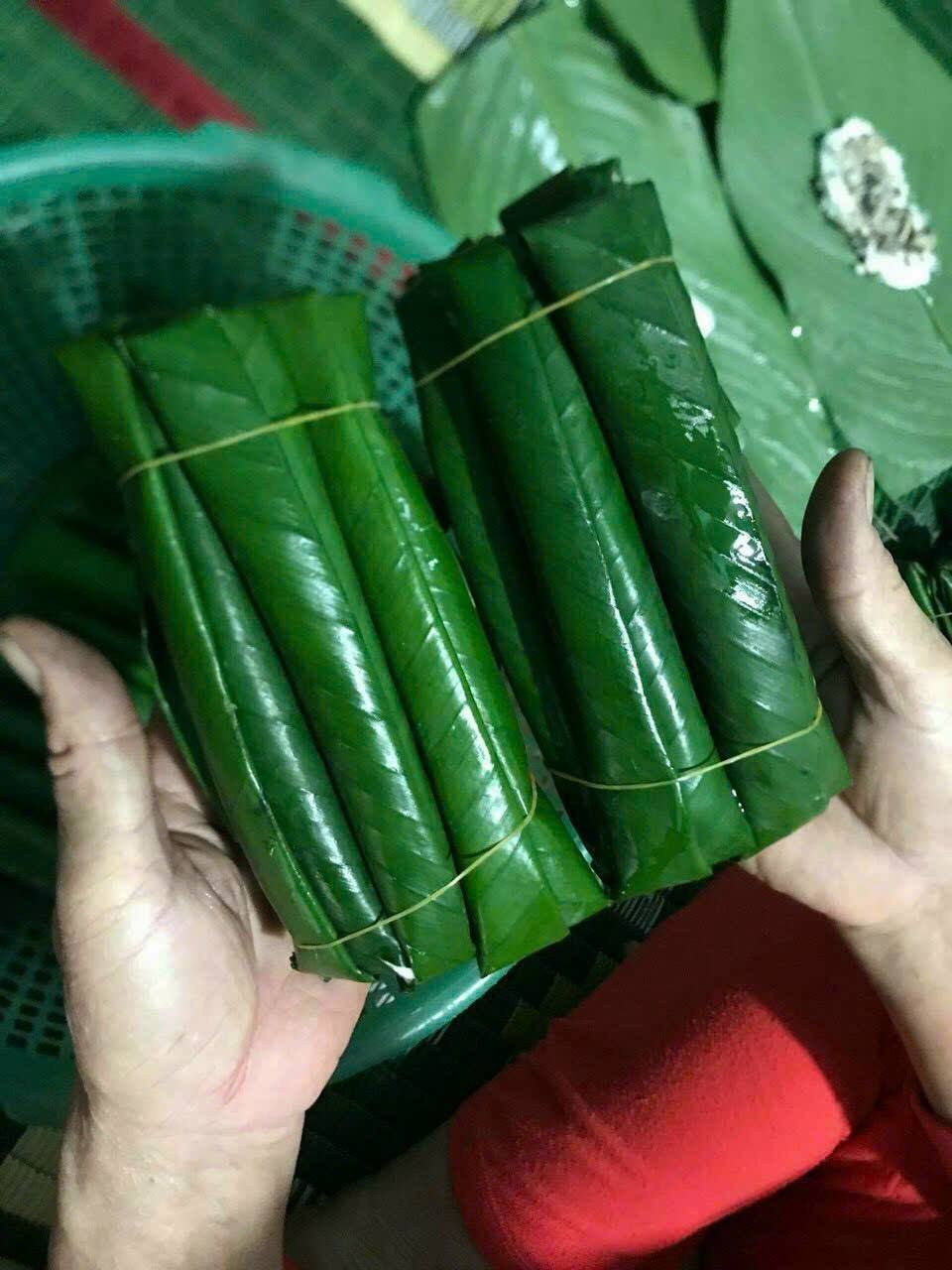 |
The cake is wrapped in banana or dong leaves, then steamed or boiled. The banana leaves must be fresh, washed, drained, and heated over a fire to make them flexible and not torn.
To make standard banh rang bua, you must choose good quality rice, soak it in water for a few hours, then grind it into flour. Hand-milled flour will be softer and smoother, helping the cake to be clear and chewy.
People put the pot of flour on the stove, stirring constantly so that the flour does not clump or burn. When the flour is cooked and reaches the desired consistency, take it out to start wrapping the cake.
Nem thinh
Nem thinh is a famous specialty in Thanh Hoa, made from two main ingredients: raw pork and thinh.
Although it is naturally fermented without any processing, this dish has its own flavor, different from the usual nem chua in Thanh Hoa.
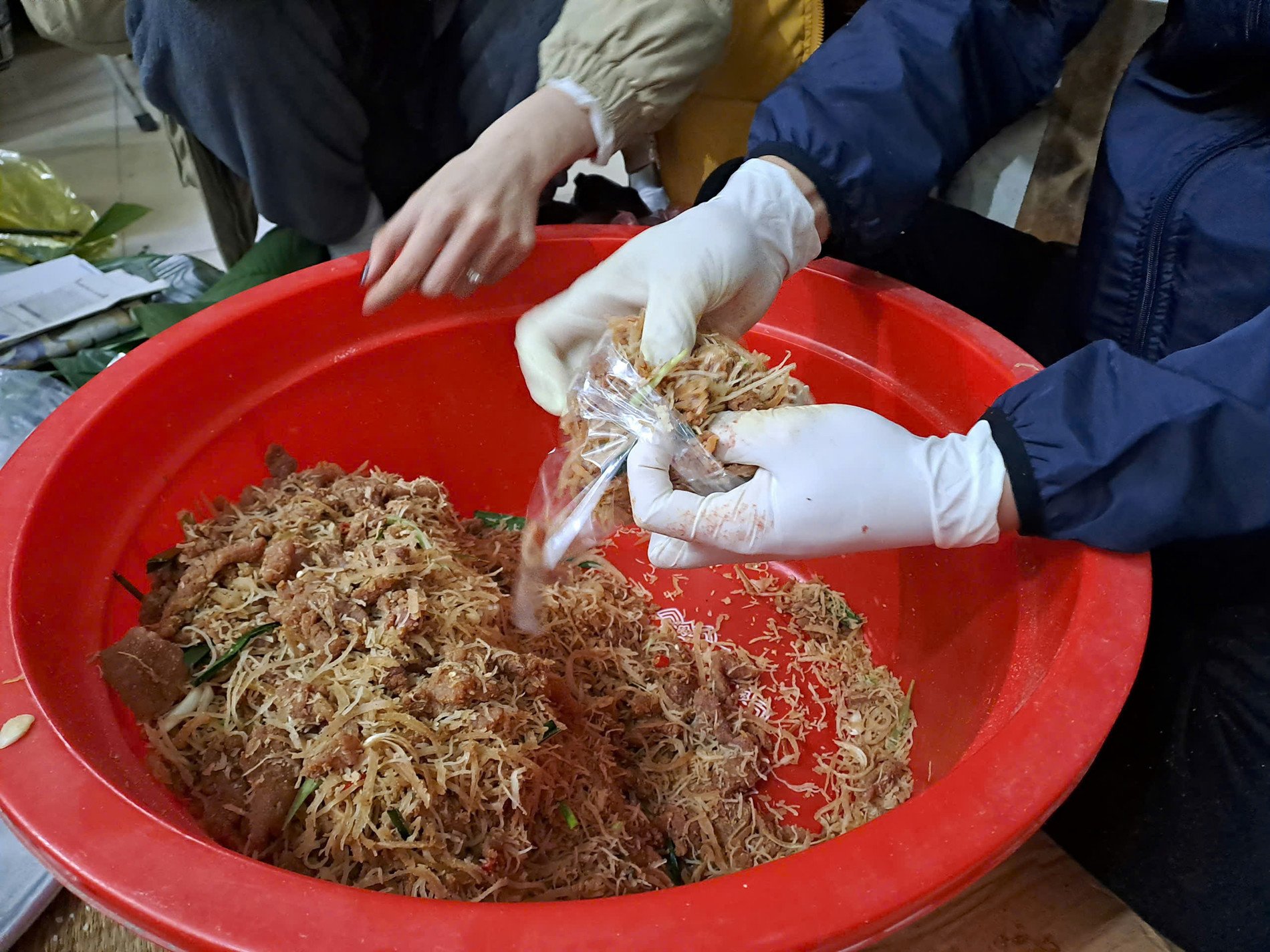
To make delicious nem thinh, Thanh people must choose good lean meat, lean loin without fat, fresh and warm. Rice to make thinh is good sticky rice or regular rice, round grains, not too white or too yellow.
Guava leaves and ginseng leaves make the spring rolls smell better, so you need to choose leaves that are not too old or too young.
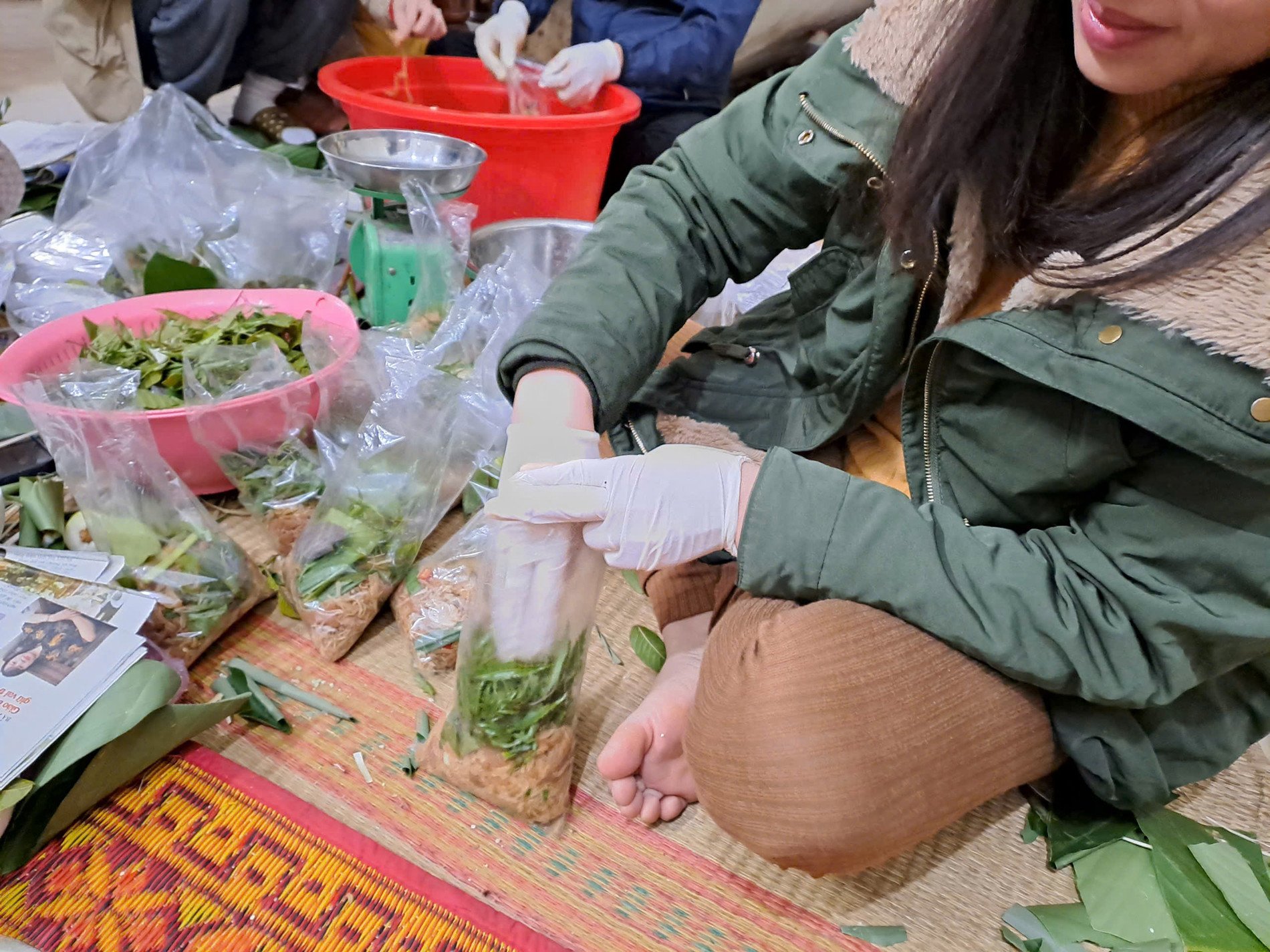
After preparing the ingredients, mix the meat and skin with spices such as seasoning powder, fish sauce, chili, pepper, minced garlic (depending on taste), then add the fragrant roasted rice powder and mix together.
Next, shape the spring rolls into balls of the appropriate size, then wrap them in banana leaves and a plastic bag inside to let them ferment naturally.
After wrapping, people put the spring rolls in a cool, dry place or hang them in the kitchen. After about 2-3 days, the spring rolls will be ripe, with just the right amount of sourness, and can be enjoyed immediately.

Source: https://vietnamnet.vn/loat-dac-san-noi-tieng-thanh-hoa-mon-gion-ngon-nhu-bao-ngu-mon-khong-can-nau-2441728.html



![[Photo] Ho Chi Minh City is brilliant with flags and flowers on the eve of the 1st Party Congress, term 2025-2030](https://vphoto.vietnam.vn/thumb/1200x675/vietnam/resource/IMAGE/2025/10/10/1760102923219_ndo_br_thiet-ke-chua-co-ten-43-png.webp)
![[Photo] Opening of the World Cultural Festival in Hanoi](https://vphoto.vietnam.vn/thumb/1200x675/vietnam/resource/IMAGE/2025/10/10/1760113426728_ndo_br_lehoi-khaimac-jpg.webp)
![[Photo] General Secretary attends the parade to celebrate the 80th anniversary of the founding of the Korean Workers' Party](https://vphoto.vietnam.vn/thumb/1200x675/vietnam/resource/IMAGE/2025/10/11/1760150039564_vna-potal-tong-bi-thu-du-le-duyet-binh-ky-niem-80-nam-thanh-lap-dang-lao-dong-trieu-tien-8331994-jpg.webp)





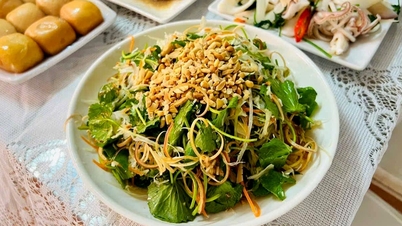


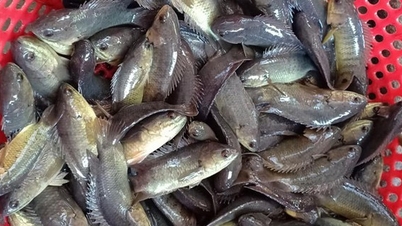

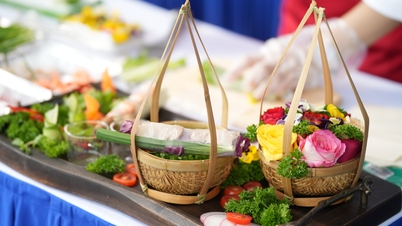





























































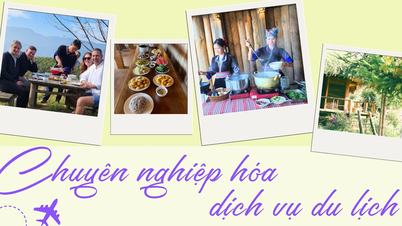

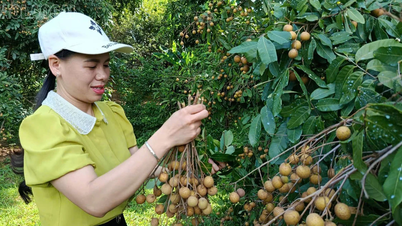




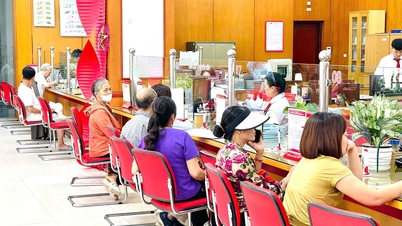
















Comment (0)